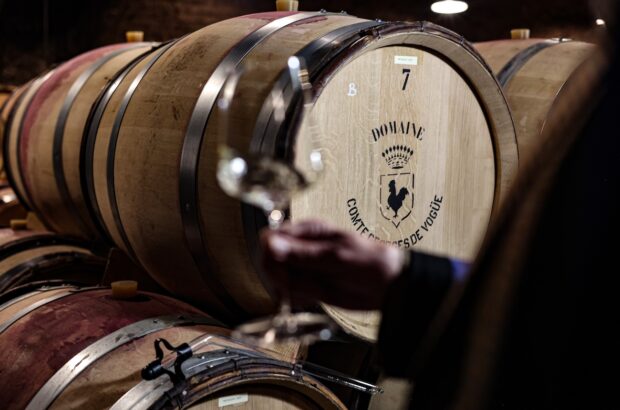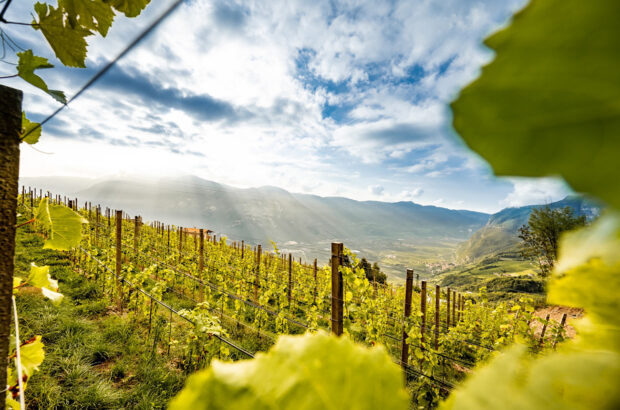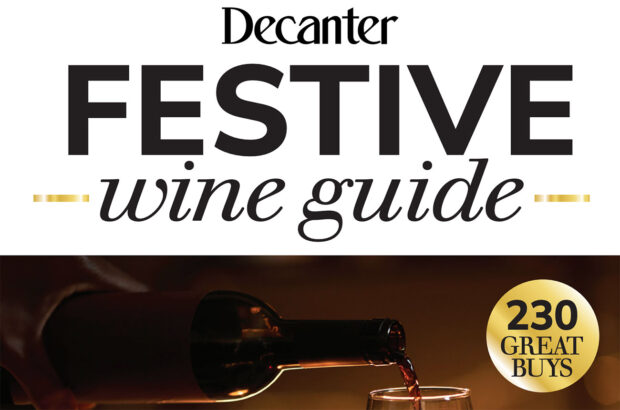Lockdown has produced few benefits for businesses apart from those that can be conducted by Zoom or ordered online but it has been a nightmare for the winemakers of Santorini.
Because they are expensive to produce, Santorini’s mineral-rich wines are primarily exported for restaurant lists in Europe and the US.
In 2020 those exports plummeted by 80%, reflecting a particularly tough period for the hospitality trade in general amid the Covid crisis.
Santorini is a semi-desert island and its grapes are wound into kouloura (baskets) on the ground for protection from the elements. With mechanised harvesting of kouloura impossible, picking the grapes is both back-breaking and expensive.
So you will find comparatively few Santorini wines in supermarkets – even on Santorini.
Most bottles are bought by restaurants in Greece and the wider world, where a high price is factored in. But most restaurants have hardly been open in 2020 and so almost no one has been buying.
Venetsanos, a winery perched dramatically on a cliff above Santorini’s main harbour, has seen its sales collapse to 4% of what they were in 2019, from 14,208 bottles exported per year down to a mere 558 in 2020.
Petros Vamvakousis, manager of Venetsanos, said, ‘This is a total disaster and it has happened to all wine makers on the island.’
There is an acute irony here. Up until 2020, Santorini’s wine industry had a very different problem: not enough vineyards to meet demand.
Winemakers had just begun replanting the nearby island of Thirasia (part of Santorini until the great eruption of 1650 BC), which counts as Santorini PDO terroir so that levels of production could be increased to meet demand. Now the wine industry on Santorini has the opposite problem: overproduction.
Gaia, a mainland company which also operates an idyllic beachside winery on Santorini, registered a 56% drop in island exports between 2019 and 2020.
Co-founder Yiannis Paraskevopoulos is well-placed to see how the cost of harvesting by hand has been a big factor in driving Santorini wine into restaurants, because Gaia’s winery on the mainland in Nemea grows grapes on trellises rather than kouloura.
‘If we focus on the 2019 prices, the price of harvesting Santorini Assyrtiko was close to €5 per kilo whereas our Nemea Agiorgitiko was roughly 10 times less, 50 cents per kilo,’ he said. ‘Even the most expensive wine grapes on the mainland never exceeded €1 per kilo.’
Failure to sell to the many closed restaurants in Europe and America means that Santorini’s wineries are approaching the 2021 harvest with unusually high stocks left over from the 2020 harvest.
‘And given a relatively high yield on the island these days, grape prices are expected to plunge dramatically,’ said Paraskevopoulos.
‘This may have a very negative impact on old or small vine-growers. They may even abandon their vines, since they will consider that it is not economically sustainable carrying on. A very grim perspective.’
Ironically, wine production on Santorini was deliberately encouraged by Athens and the EU in the 1990s as an alternative to fall back on if lucrative tourism ever failed.
Tourism on Santorini has been its main source of income for decades and it was hoped that promoting Santorini’s vineyards would make sure the island didn’t plough up every field for hotels. So a highly successful wine industry was developed – only for both this and tourism to be laid low by the worldwide lockdown of 2020.
The Wine Museum, an ancient venture by the Koutsoyannopoulos family, saw 70% fewer visitors than normal during lockdown.
Glass half full: Reasons for optimism
Not everything is gloom. Yannis Valambous, who set up the chic Vassaltis Vineyard in 2015, said 2020 has been a strange year for everyone on Santorini.
‘With restaurants closed for the best part of the year and tourism drastically reduced, our main markets have all but disappeared, but that is not say that everything has been bad.
‘For one thing, we were able to give our few visitors in 2020 a more unique experience. The staff at Vassaltis felt that those who made the trip to our winery were more genuinely interested in wine, unlike the large coach parties that used to be off-loaded from cruise ships,’ he said.
‘Secondly, the whole industry on Santorini has been able to get a breather, to catch up with a demand that has skyrocketed over the past decade. We were able to replenish our stocks and create better wines by using the luxury of time, something we didn’t have during the past years.’
Markos Kafouros, president of the Santo Wines Cooperative, added. ‘Yes sales have dropped dramatically. There is uncertainty about the future, but optimism too that vaccinations will shield us from the virus and help the market to recover.
‘Santo Wines works with 100 smaller producers on the island. Because of last year’s excellent harvest and because of lockdown our stock of wines is unusually high. Fortunately, Santorini wines age very well. The critical point now is how soon we will be able to return to “normality”.’
Santorini has endured many disasters. It was formed by a cataclysmic volcanic eruption that blew the island into picturesque pieces in Neolithic times. In the 1950s its industries were devastated by earthquakes so it turned to tourism and became the defining image of the Greek tourist board.
Now its wine industry is under threat from a year of lockdowns but it’s likely to survive. Santorini always does.







